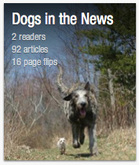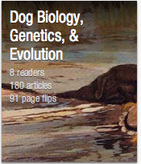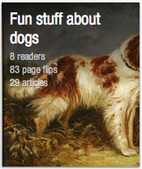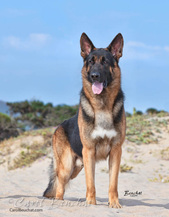
Polymorphisms in the receptor gene for the hormone oxytocin in dogs are associated with differences in social behavior towards humans in German Shepherds and Border Collies.
Kis, et al 2014. Oxytocin receptor gene polymorphisms are associated with human directed social behavior in dogs (Canis familiars). PlosONE DOI: 10.1371/journal.pone.0083993.
Kis, et al 2014. Oxytocin receptor gene polymorphisms are associated with human directed social behavior in dogs (Canis familiars). PlosONE DOI: 10.1371/journal.pone.0083993.
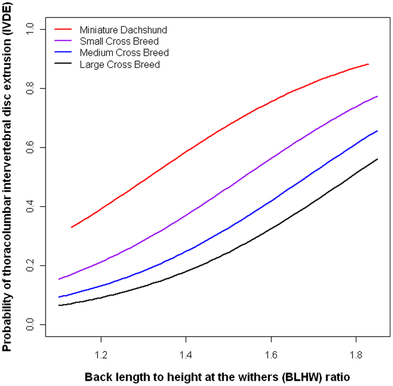
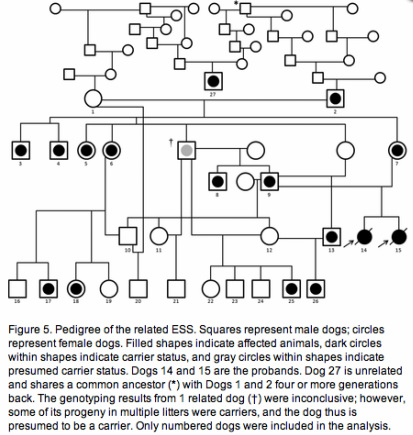
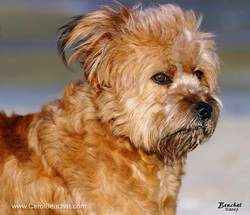
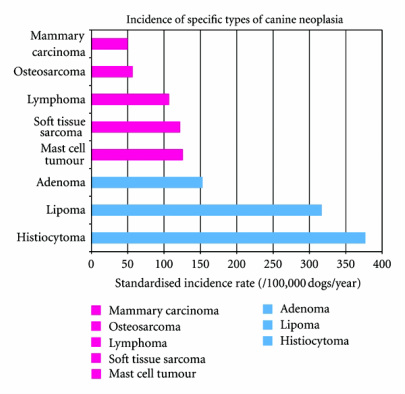
 RSS Feed
RSS Feed
